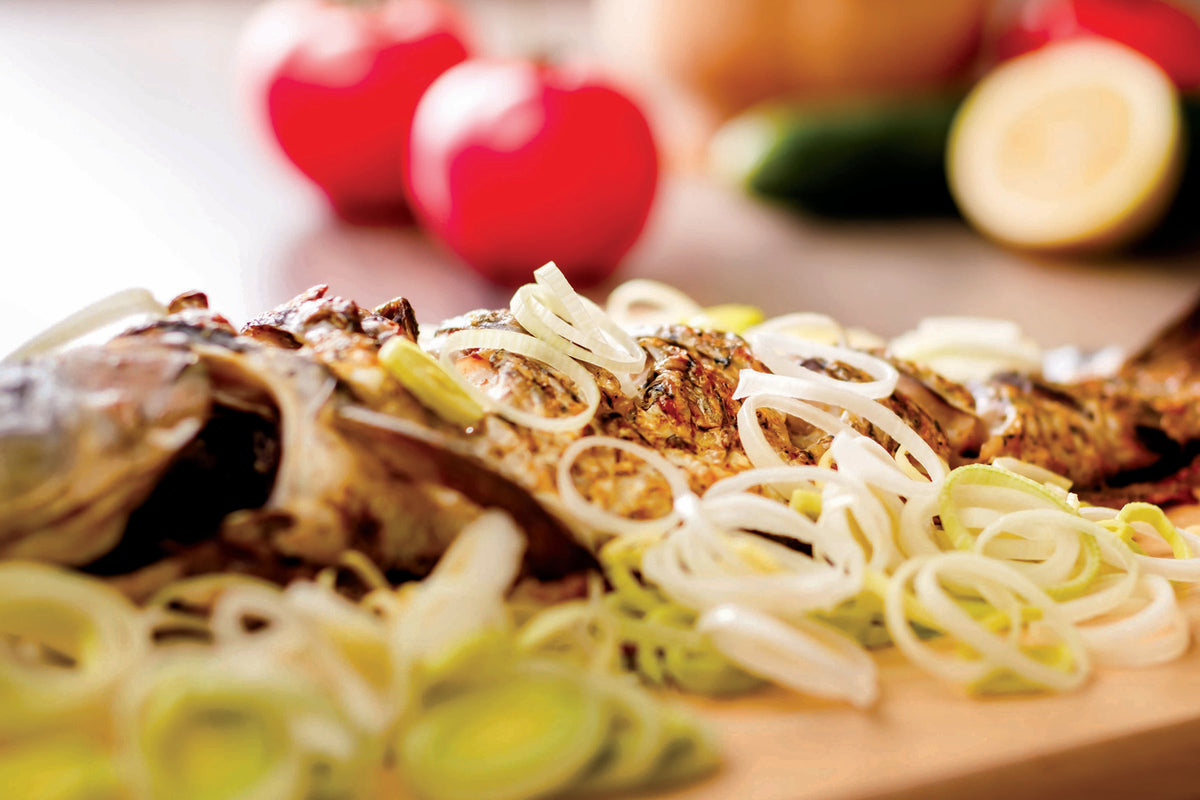
Yummy Yellow Belly
|
|
Time to read 2 min
|
|
Time to read 2 min
With the Channel Country in flood, Yellow Belly, also known as Yellas or Golden Perch, are popping their heads up in the weirdest of places — places that are normally dry and dusty.
Waves of enthusiasm are washing over keen anglers ‘trapped’ inland, suddenly blessed with the opportunity to wet a line. They’re donning akubras and flanettes and trundling enthusiastically to any body of water they can find, armed with a litany of plastics, jigs, dippers, splonkers and whirlers, that cost just about as much, if not more, than their camper trailer.
At the banks they stand, reeling in with a purposeful regularity, broken only by spasmodic wrist-jerking to bring the lure to life. Their line retrieved, they make a quick inspection — for after all, that snag mightn’t have been a snag; it could have been a particularly fat, foul-hooked Yella — and, once satisfied, they flick back out. The lure plonks and disappears again into the muddy water. In this way hours pass.
As the mosquitoes begin to replace the flies, the hordes trundle back to their campsites, dangling strings of perch and whistling themselves a merry tune. It’s quite a feast they’ve procured themselves and their families; cause to be proud. But it isn’t until they waltz into camp, swing their catch up and onto the bench, and stare at it for a moment, that they realise they have absolutely no concept of what to do next.
If only they had a copy of Camper! Here’s our Yellow Belly recipe.
COOK TIME: 40 minutes
SERVES: 2 to 4
INGREDIENTS:
DIRECTIONS
First things first — skin and gut your catch; no good swallowing scales or organs. Your fish prepared, you can choose to refrigerate or put them on ice for 12 to 24 hours. Some say this helps to set the fat, making it whiter and easier to distinguish from the good stuff. By scraping this fat off you help to reduce the inevitable muddy aftertaste of these mud dwellers. If hungry, feel free to eat the same day without cooling — there’s no harm in doing so.
As is often the case with fish, you can opt to cook whole, then just pick at the good bits when you eat, or you can cut off fillets. Dice up some spring onion, focusing on the clear parts nearer to the base and disposing of the thin green bits up top; then either sprinkle the spring onion over the fish or place it into the cavity between the sides. Cut a lemon in half and squeeze that sour juice all over the thing; next load a knife up with butter and rub it over the exposed meat; then splash on some white wine (try not to go overboard) and grind some salt and pepper over the top of it all, before sprinkling dried chives to finish. If you want more substance, a diced tomato will go nicely. Next step, wrap up the fish in foil and place it on the barbecue, or by campfire coals, flipping it midway through cooking.
All of that said some folks might rather the more basic fish n’ chip style method of preparing their perch. In this case, prepare the fish up to the point of adding anything else. Get three bowls; crack a few eggs and whisk them up in one of the bowls; in the others put flour and breadcrumbs respectively. Dip the fillets (fillets being the preference with this method) into first the flour, then the egg, then the breadcrumbs. Then add them to a pan over the burner or onto the barbecue and fry them up in olive oil until the crumbs have become a deep golden brown on both sides.